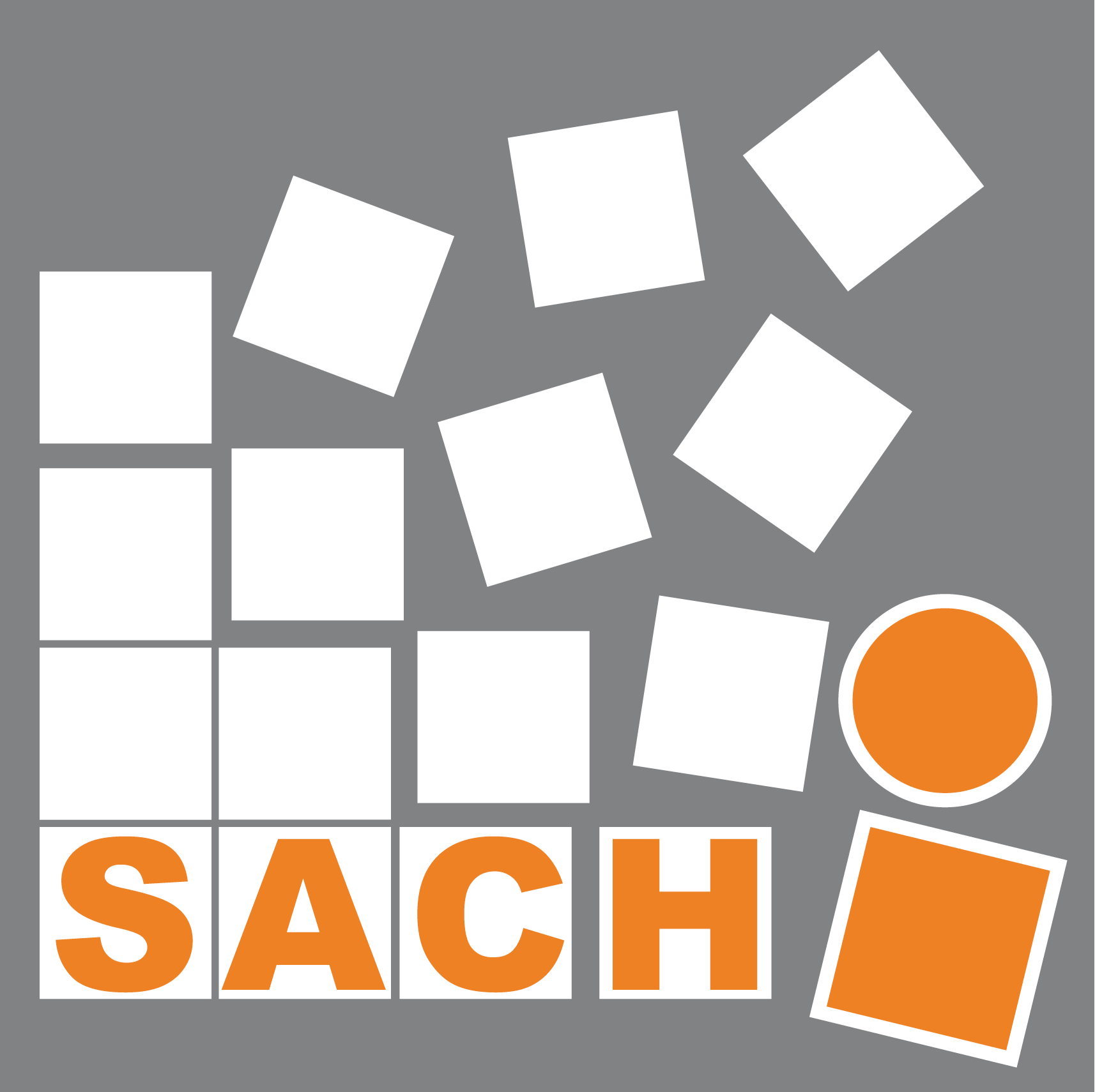Building on the success of the 2012 and 2013 events, the 3rd International Symposium on Pervasive Displays (PerDis’14) will be held this June with Aaron Quigley as the program chair. The website is at: http://pervasivedisplays.org/2014/
This symposium will take place in Copenhagen in June 2014 and will include a keynote address. In addition to research papers we are also soliciting submissions for posters and demonstrations.
As digital displays become pervasive, they become increasingly prevalent and indeed relevant in many areas, including advertising, art, computing, engineering, entertainment, interaction design, sociology and urban life. We invite submissions that report on cutting-edge research in the broad spectrum of pervasive digital displays, from large interactive walls to wearable displays, from installations to personalised signage or mobile displays to urban visualisation. The symposium on Pervasive Displays welcomes work on all areas pertaining to digital displays including, but not limited to:
- Applications
- Content design
- Evaluations, case studies, deployments and experience reports
- Interfaces and interaction techniques
- Novel technologies and new forms of pervasive display
- System architectures and infrastructure










